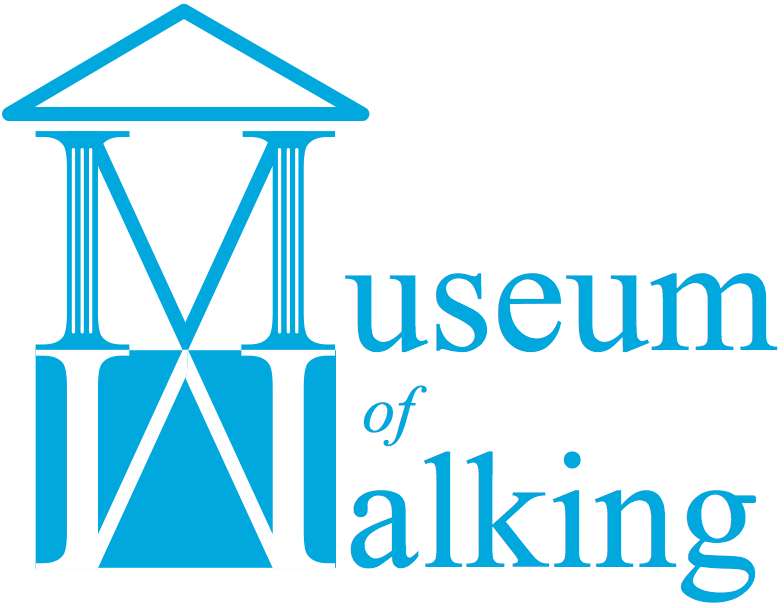The Whitechapel Vision is a regeneration plan being undertaken by the London Borough of Tower Hamlets which will bring economic benefits to local businesses and residents on either side of the Whitechapel High Street. With a new Crossrail station close to completion, the redevelopment of the London Hospital site and the aniticipated move of the Borough offices to the neighbourhood will bring thousands of jobs and visitors to the area.
How the health of the residents will benefit is the challenge set for the Borough’s Public Health team, who commissioned Rethinking Cities to develop an estate-wide methodology to engage with residents and help them to realise their aspirations for improvements to their local area, surrounding their homes. Through a series of walkshops with residents and stakeholders around the estates and also to south Islington and the Ocean neighbourhood to see neighbourhoods undergoing transformation, residents were helped to re-imagine the area closest to where they live.
Outputs from this process included writing briefs for designers and landscape architects to develop estate plans, with which to access monies that could be drawn down from the developments taking place within the Masterplan area.

 Working with residents on the Chicksand estate and Hanbury Street, who will be directly impacted by the Crossrail station entrance and the desire to create new public space adjacent to the estates, Rethinking Cities helped them to reconsider how their existing green spaces could be made more joyous and accessible. Simple cost effective adaptations were discussed with more elaborate medium term infrastructure changes envisaged, as well as improving links to Weavers’ Fields and Allen Gardens.
Working with residents on the Chicksand estate and Hanbury Street, who will be directly impacted by the Crossrail station entrance and the desire to create new public space adjacent to the estates, Rethinking Cities helped them to reconsider how their existing green spaces could be made more joyous and accessible. Simple cost effective adaptations were discussed with more elaborate medium term infrastructure changes envisaged, as well as improving links to Weavers’ Fields and Allen Gardens.

 Working with residents on the Collingwood estate, just north of the proposed residential tower development on a reconfigured Sainsbury’s superstore site (just north of the Crossrail station eastern entrance) revealed how poorly the connections for those on foot or cycle had become. Key elements identified for improvement were to see how exisitng open hard spaces could be softened and re-designed as multi-fuctional community areas. As well as improving access to Weaver’s Fields and the surrounding estates for those on foot or cycle. It was clear that there needed to be better vehicle management of spaces between the blocks, to improve the safety of children at play.
Working with residents on the Collingwood estate, just north of the proposed residential tower development on a reconfigured Sainsbury’s superstore site (just north of the Crossrail station eastern entrance) revealed how poorly the connections for those on foot or cycle had become. Key elements identified for improvement were to see how exisitng open hard spaces could be softened and re-designed as multi-fuctional community areas. As well as improving access to Weaver’s Fields and the surrounding estates for those on foot or cycle. It was clear that there needed to be better vehicle management of spaces between the blocks, to improve the safety of children at play.
This article previously appeared on the Rethinking Cities website
